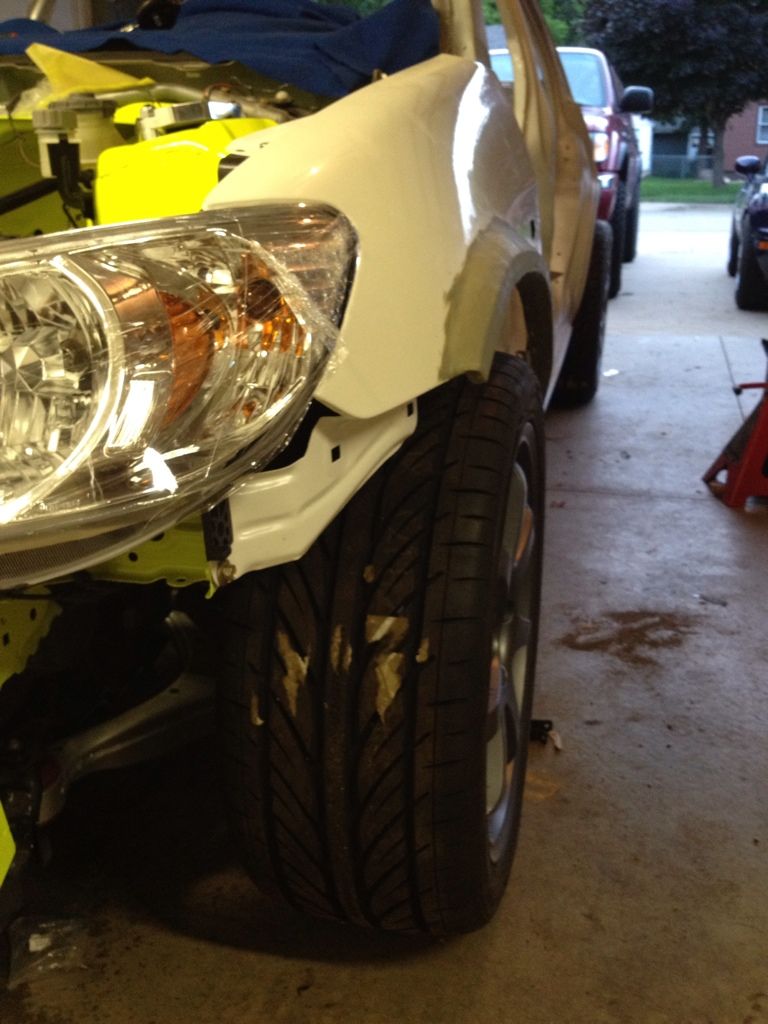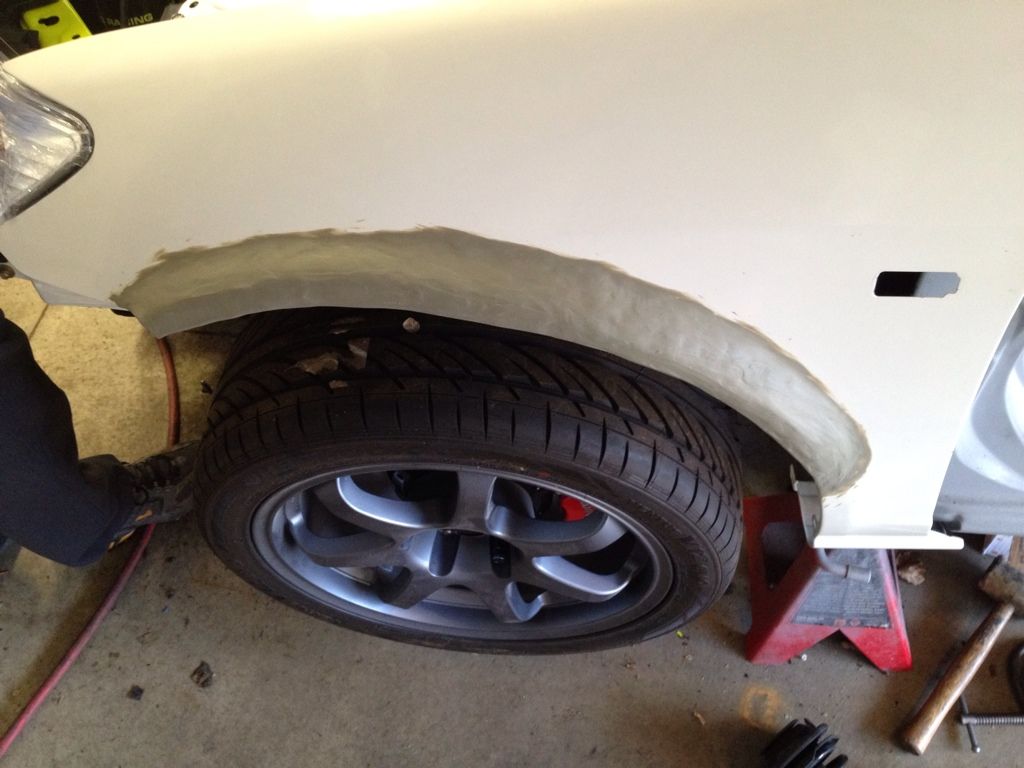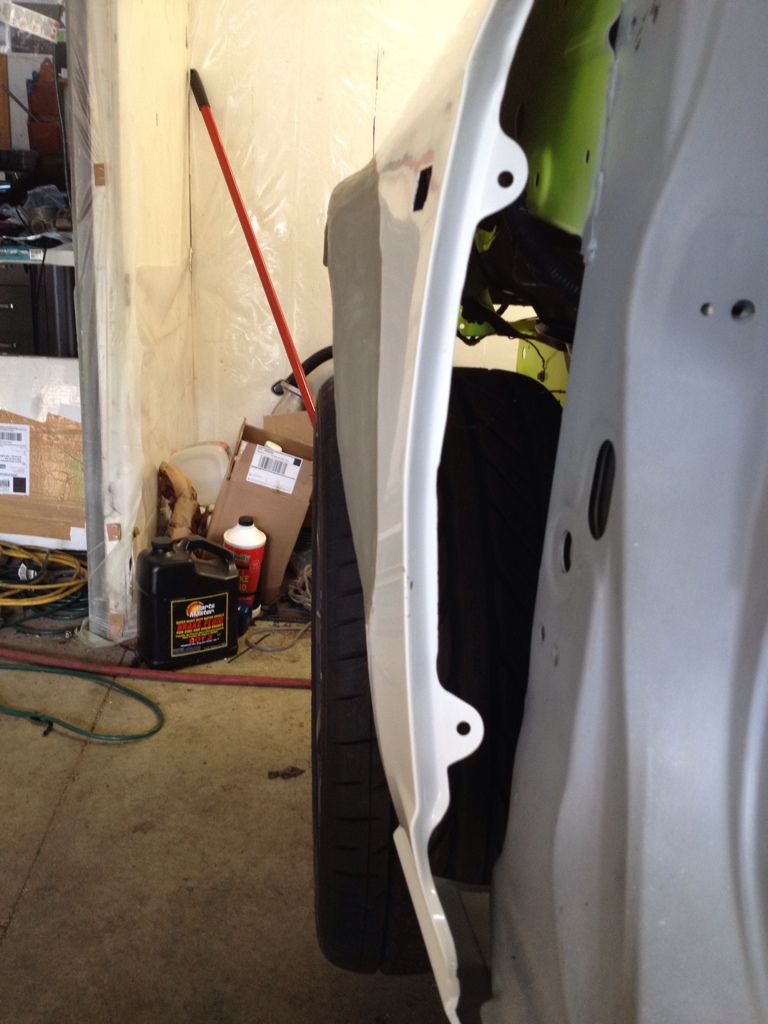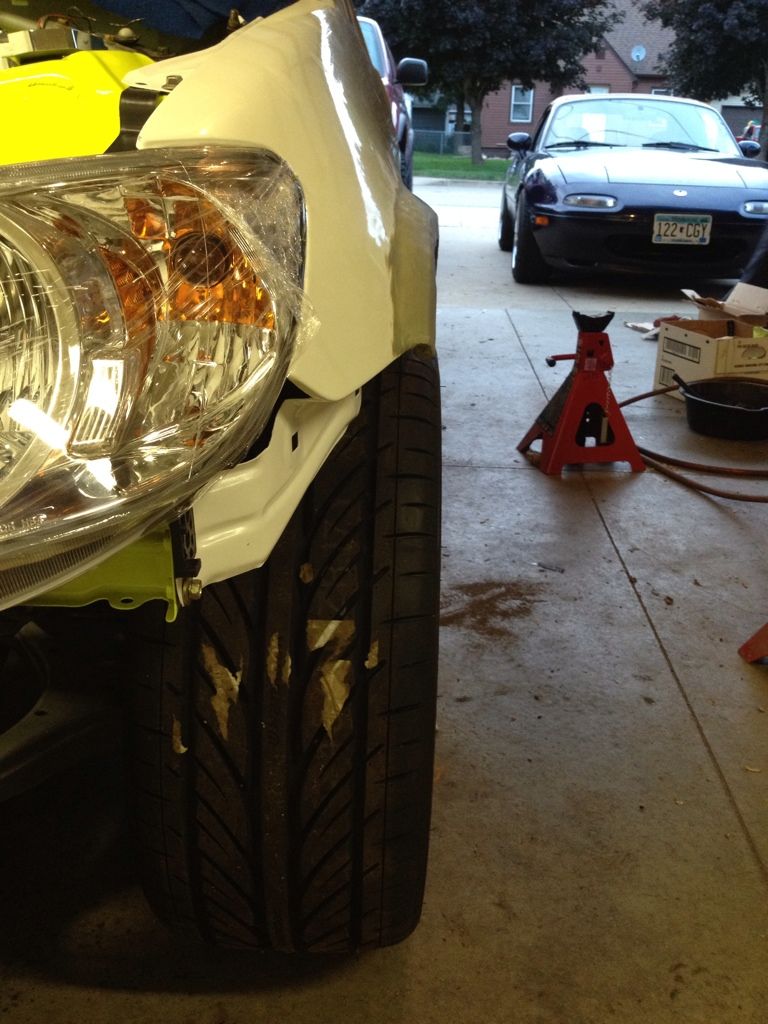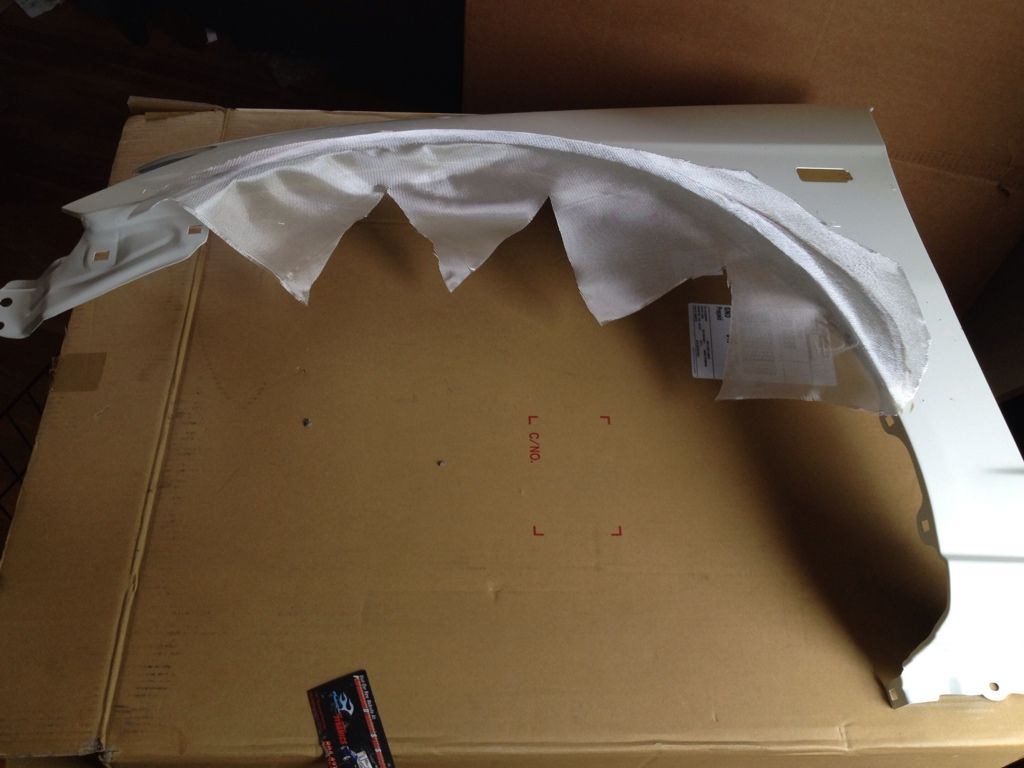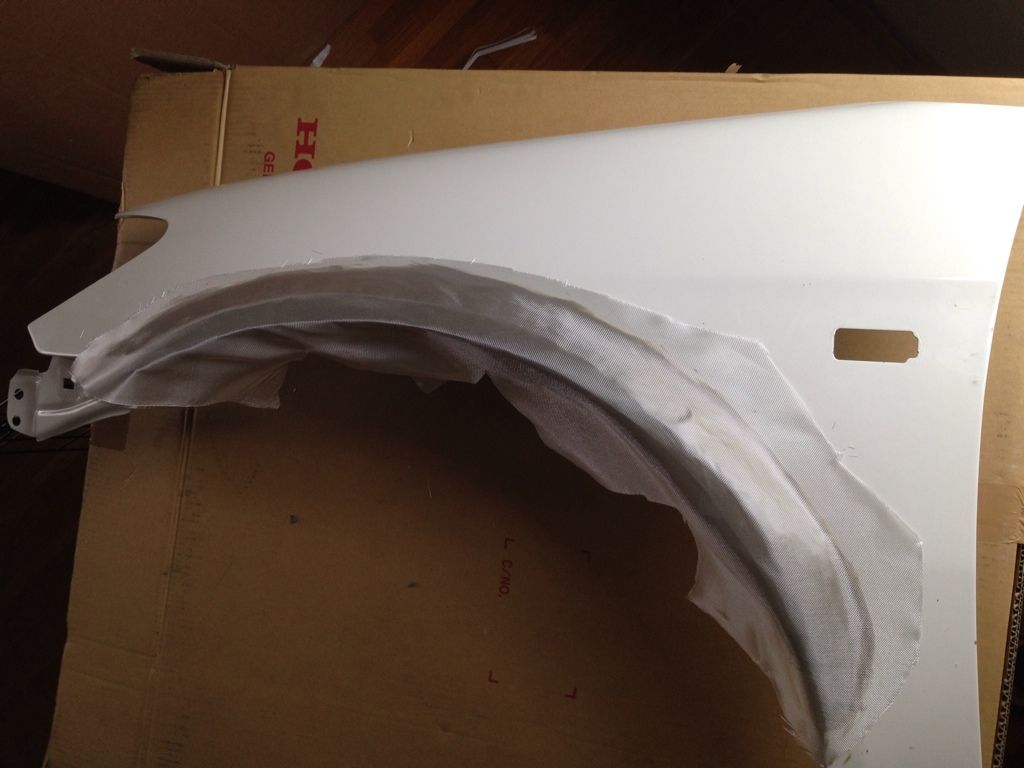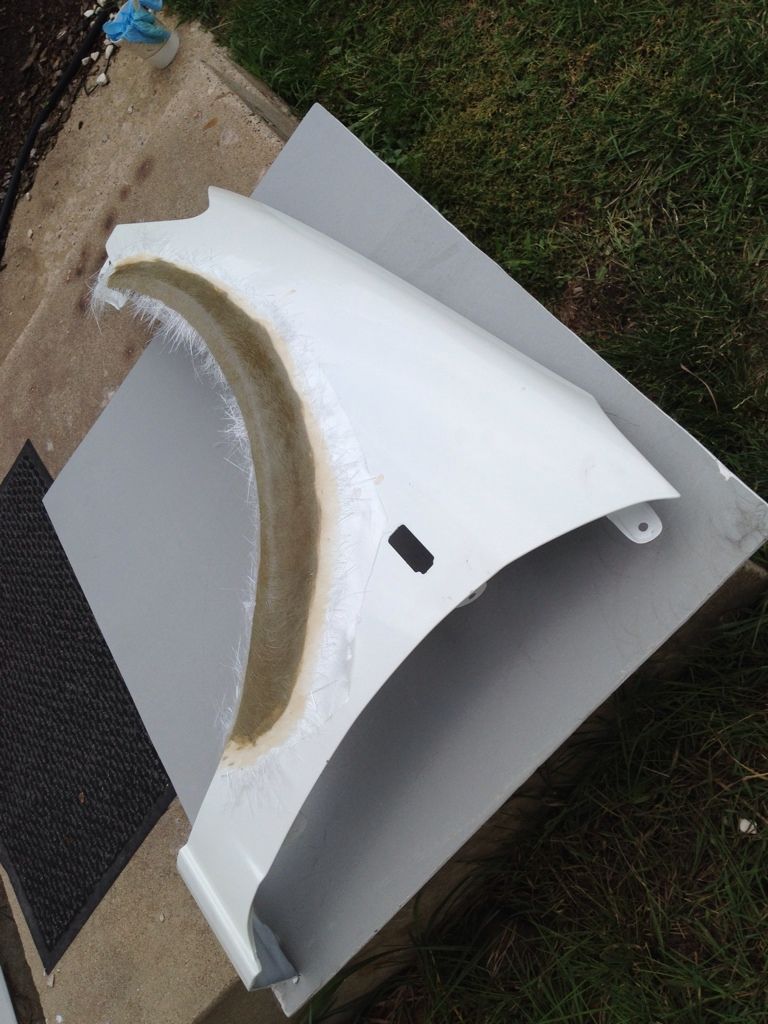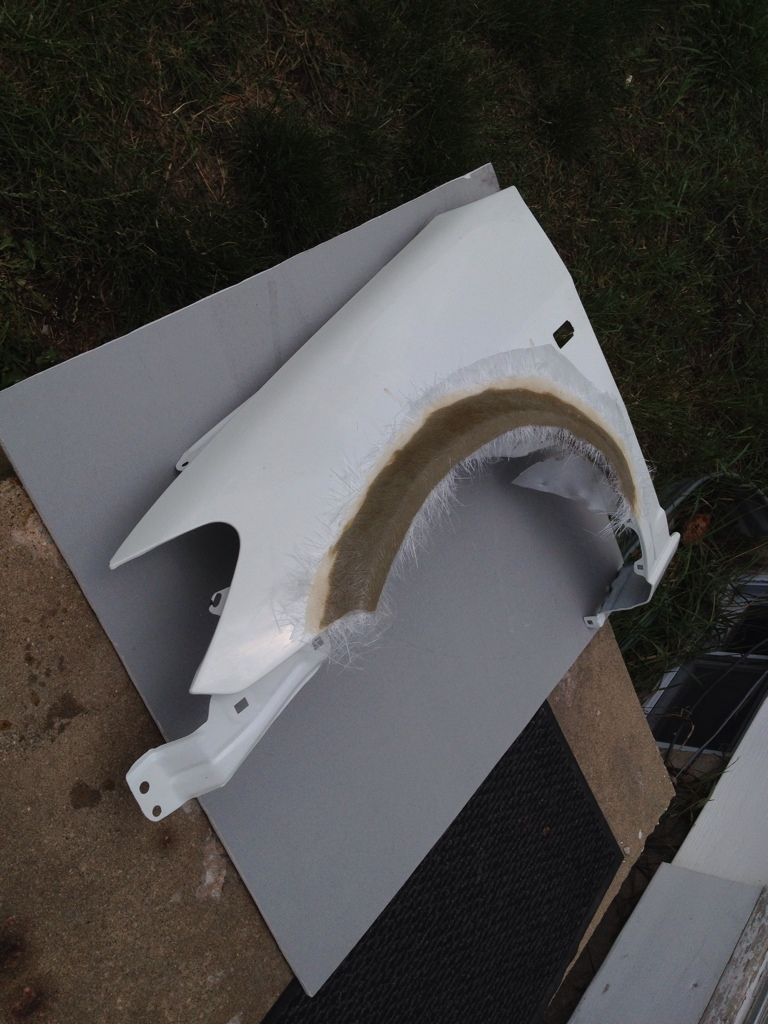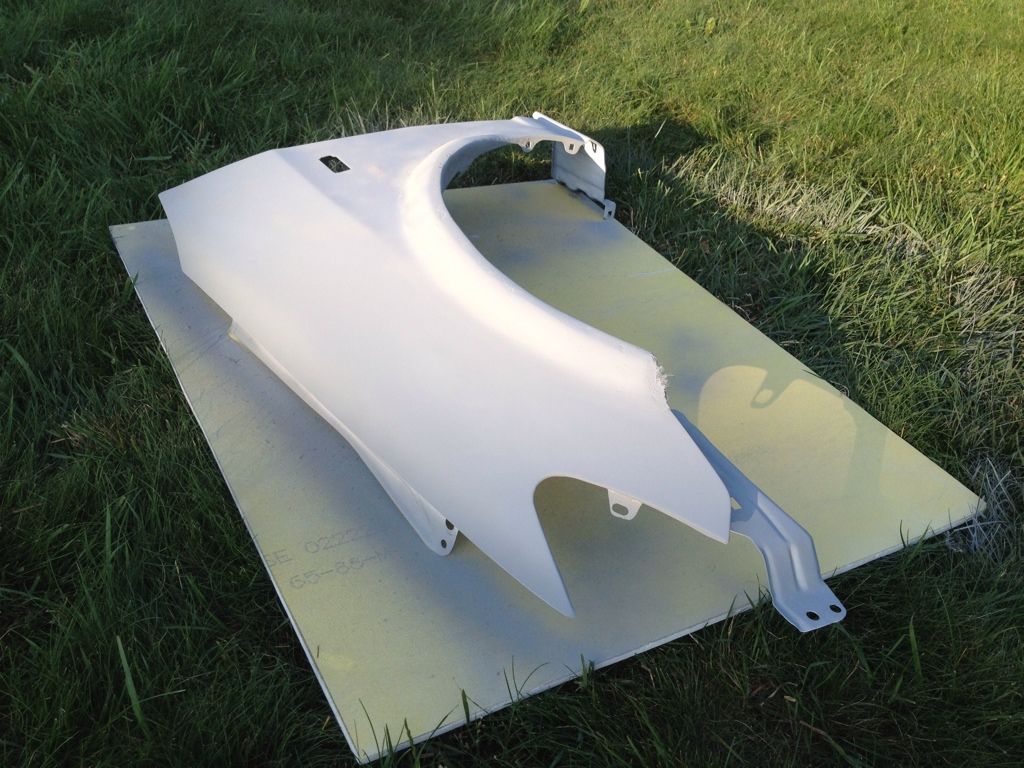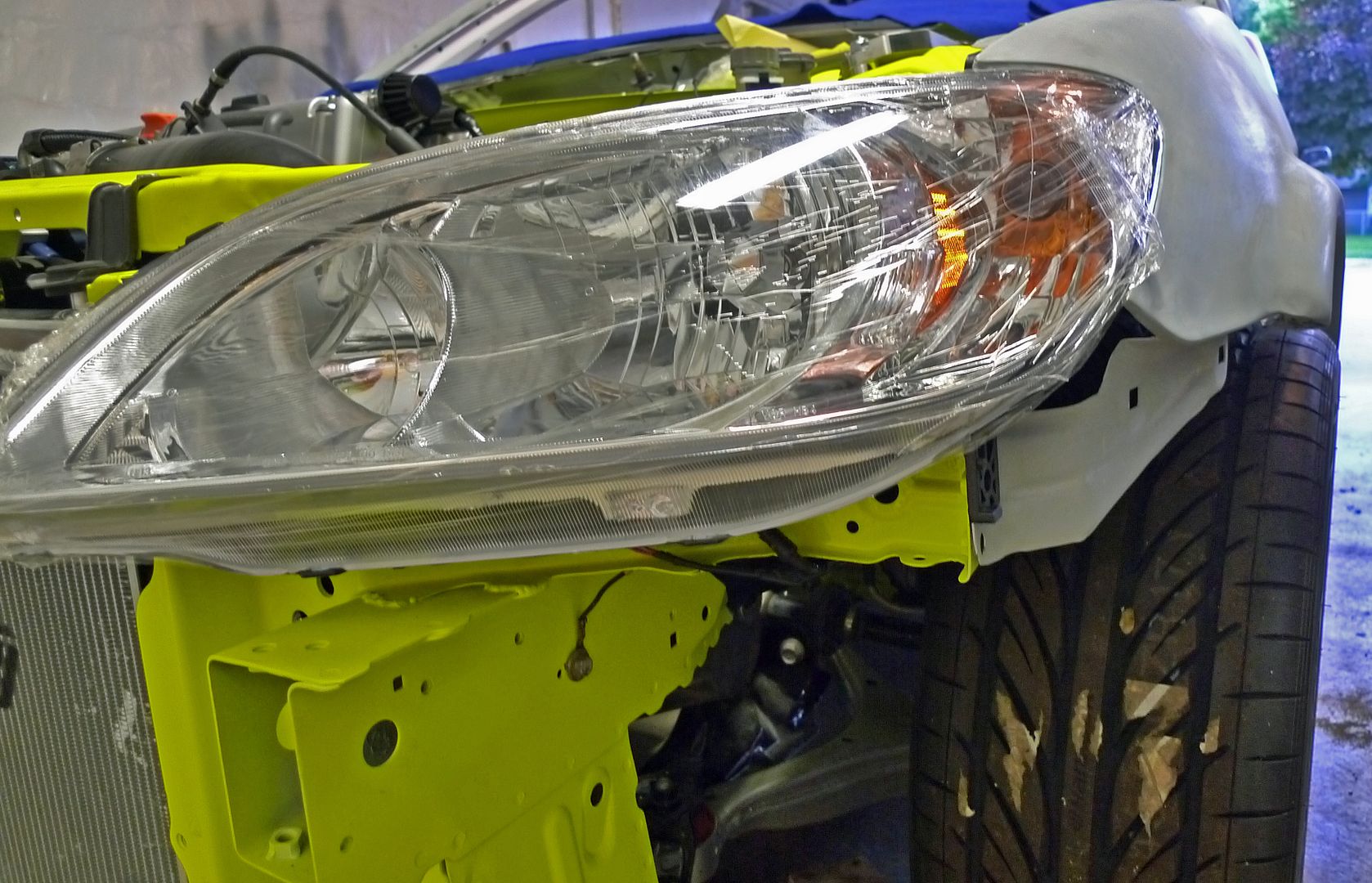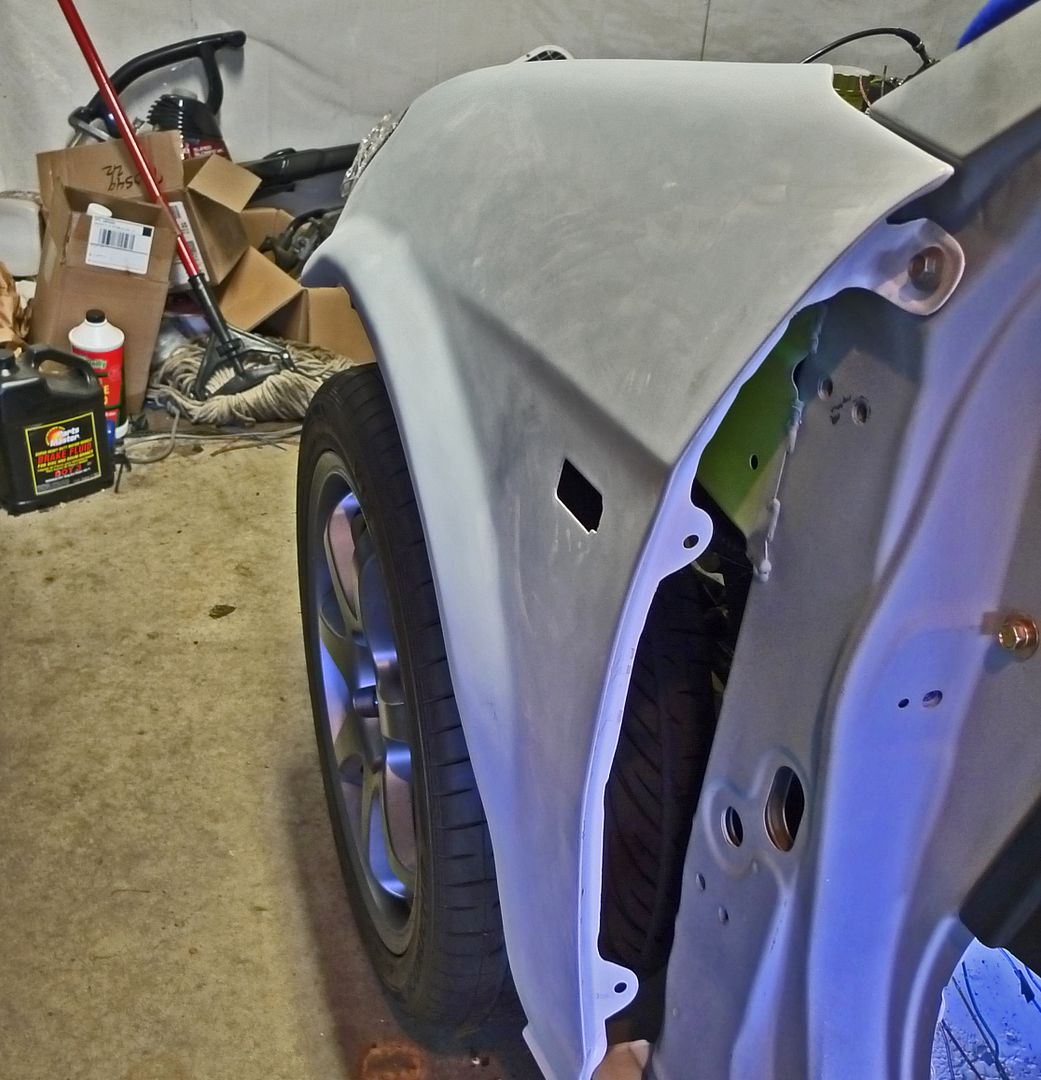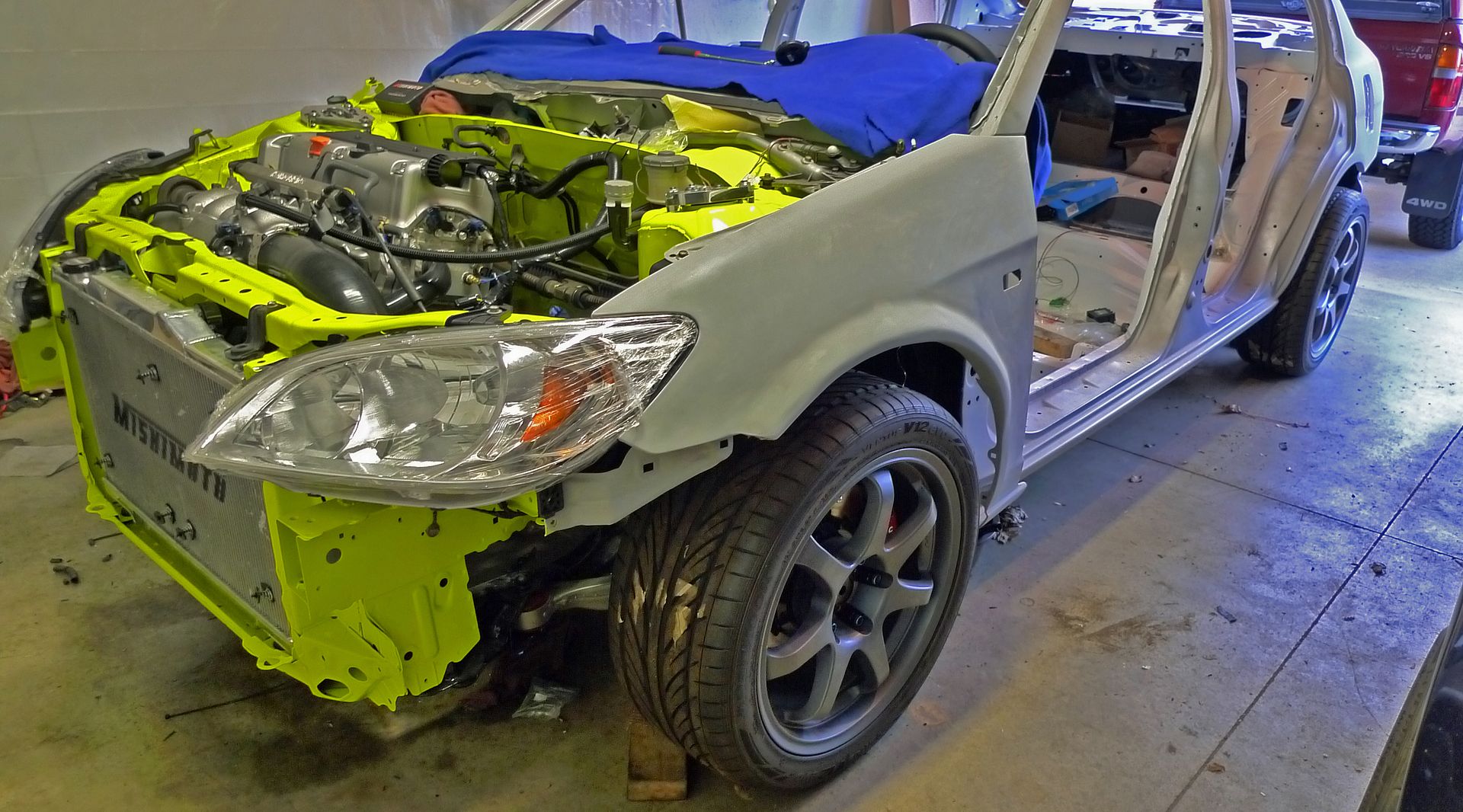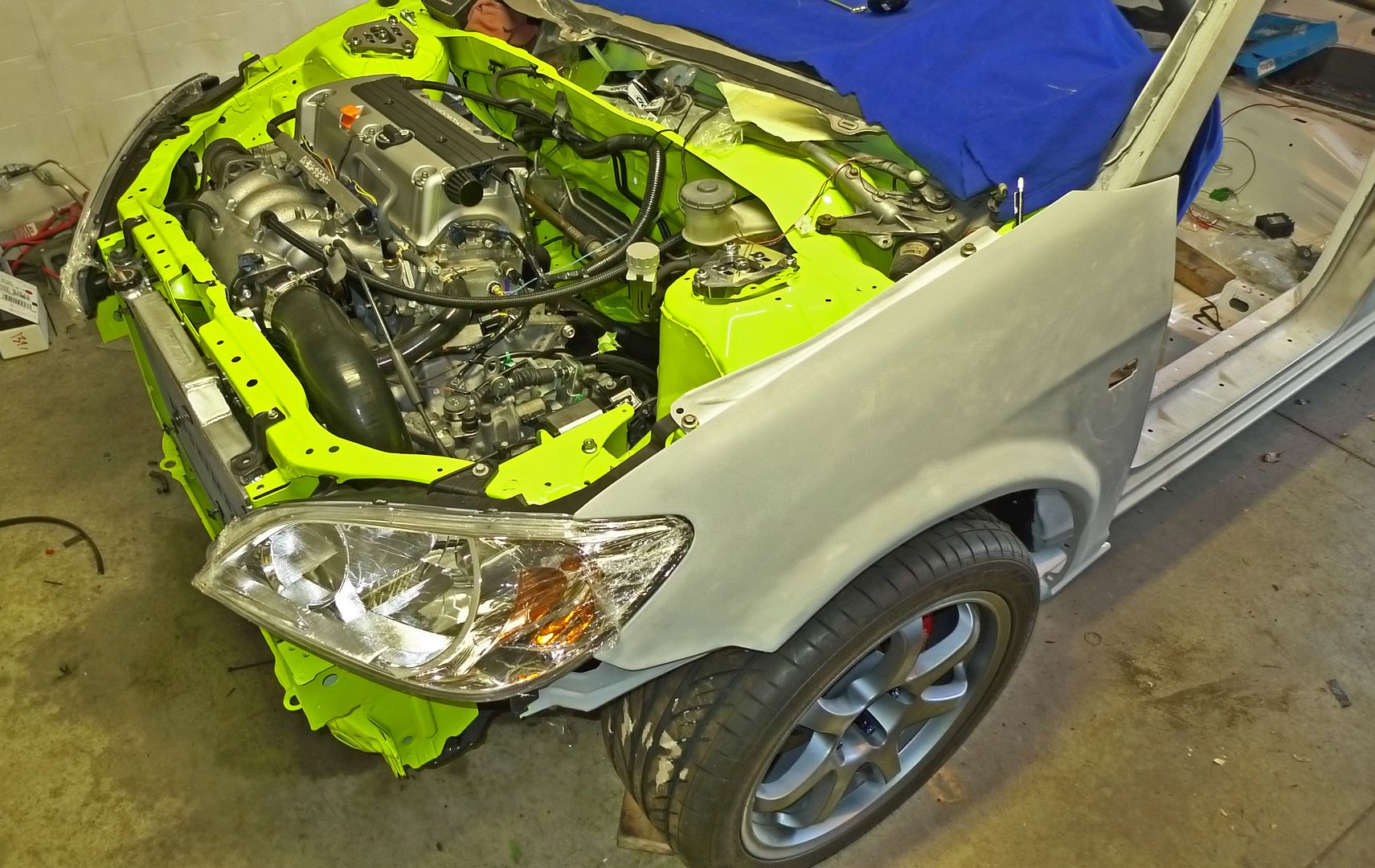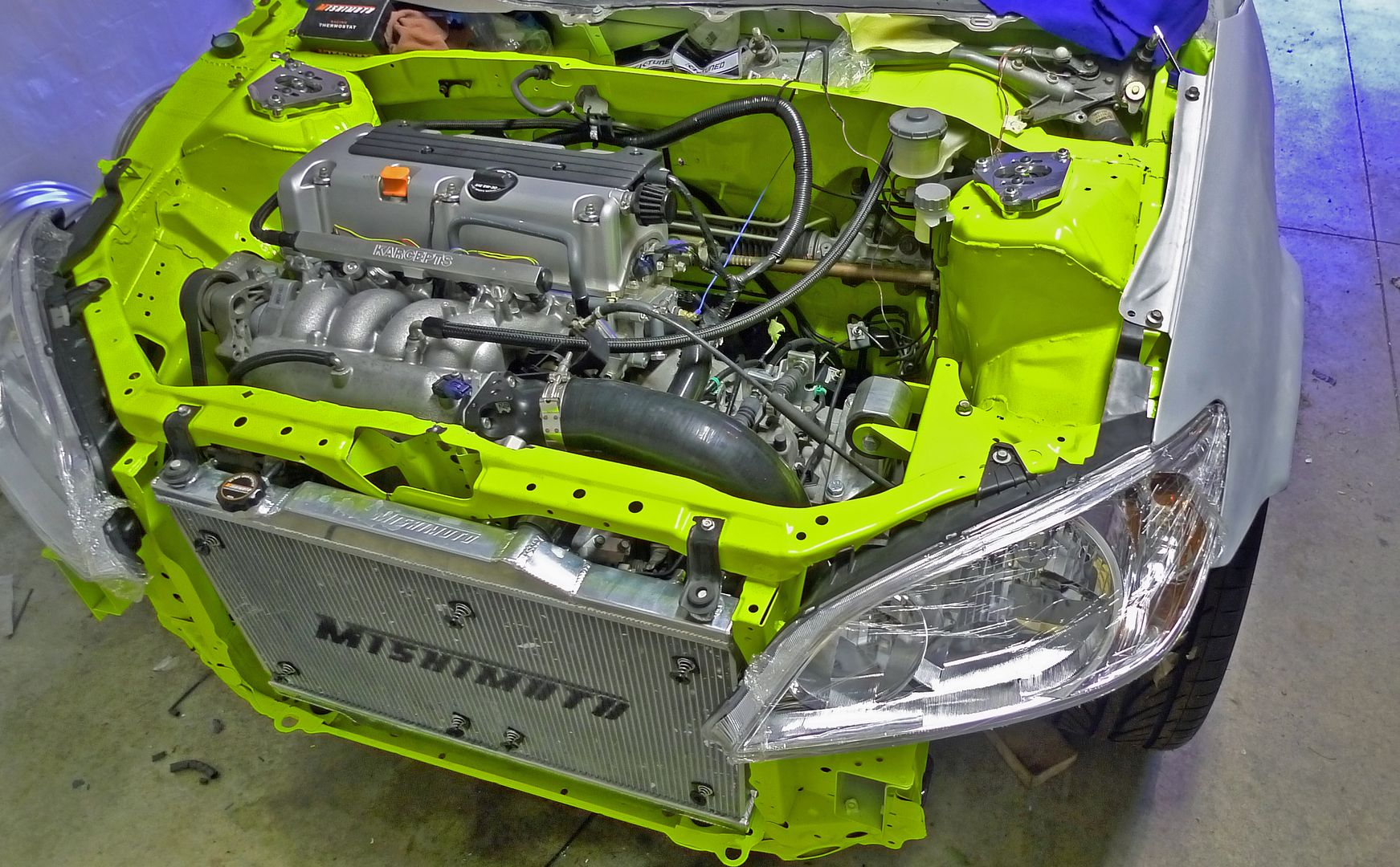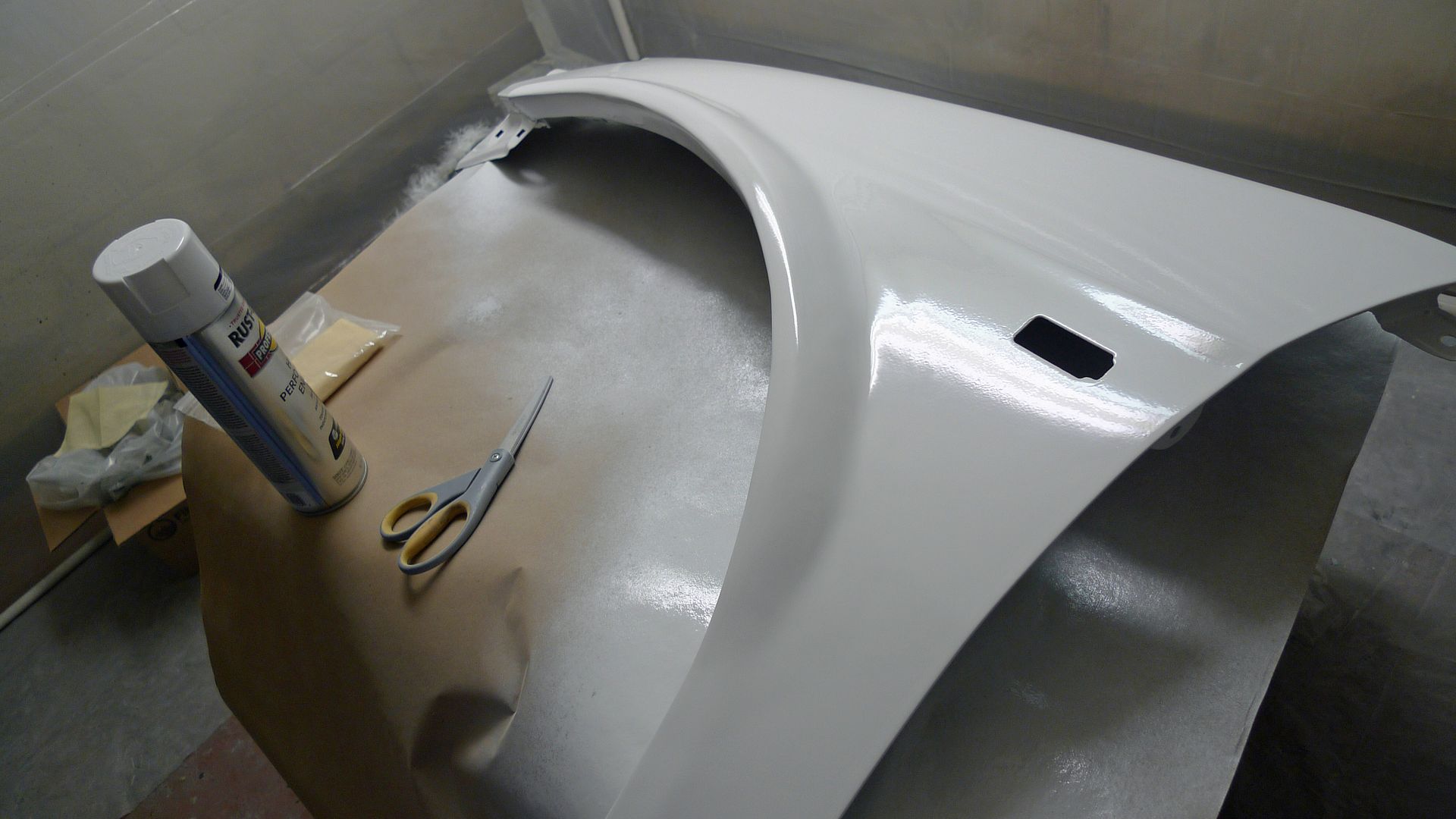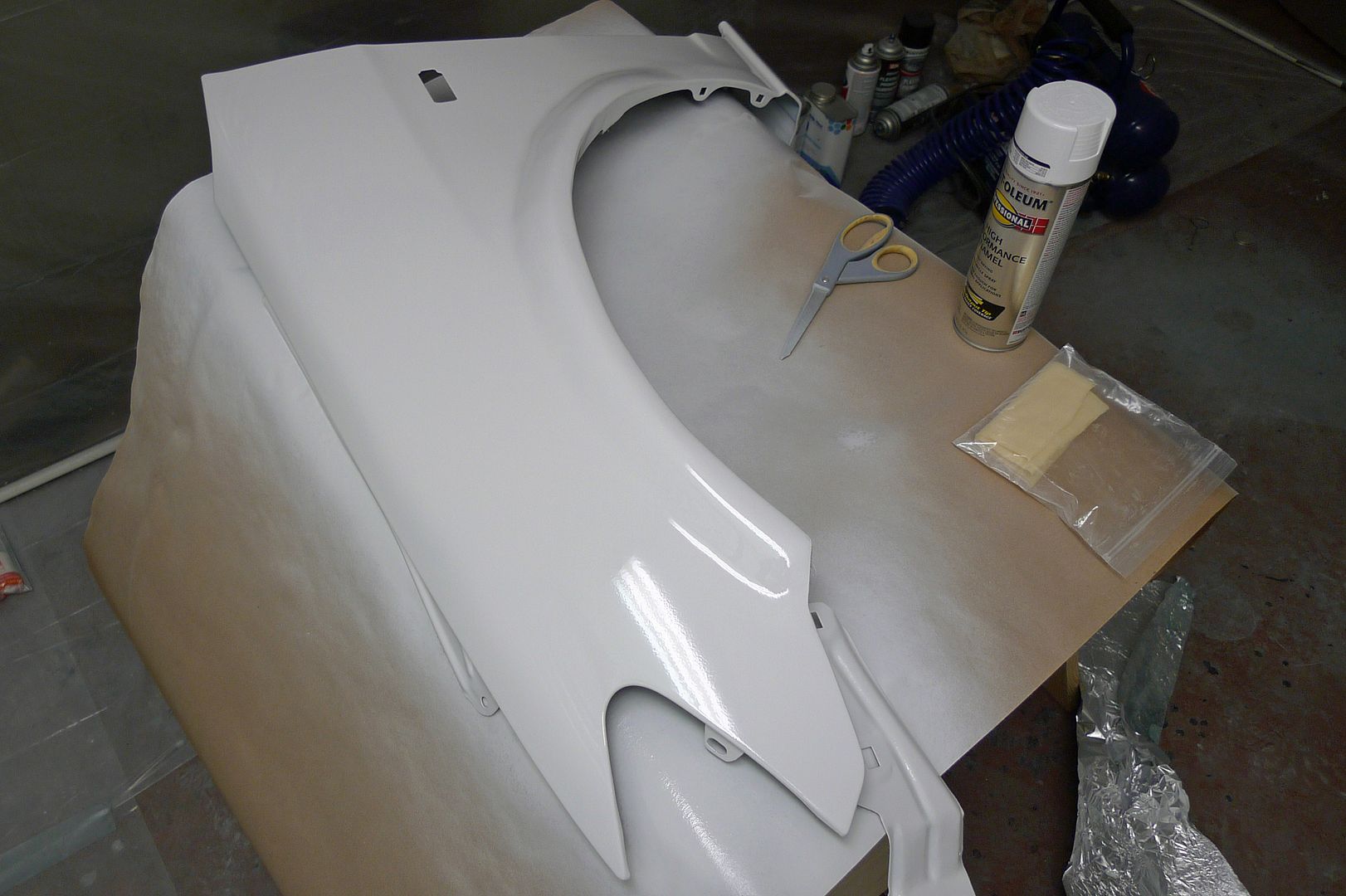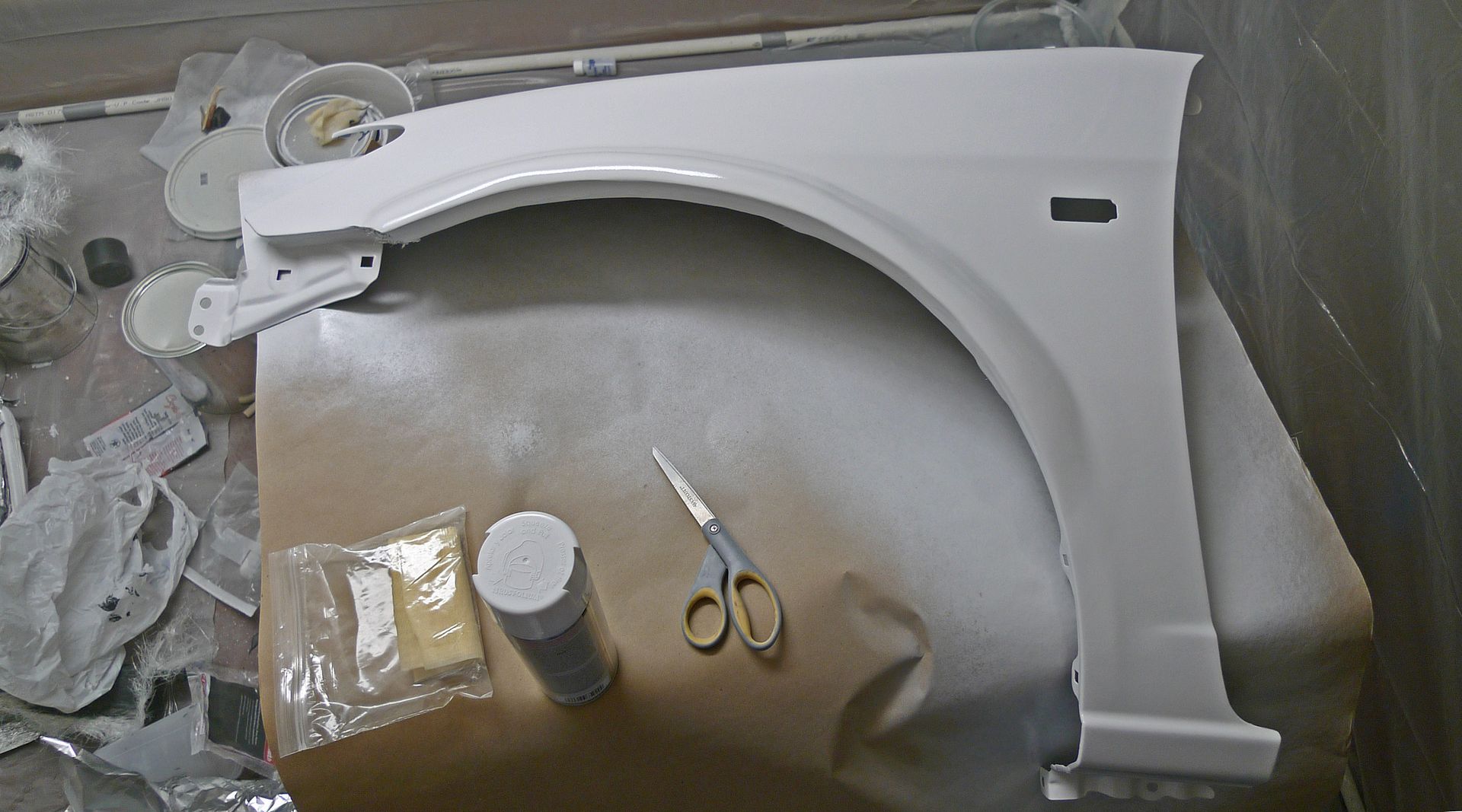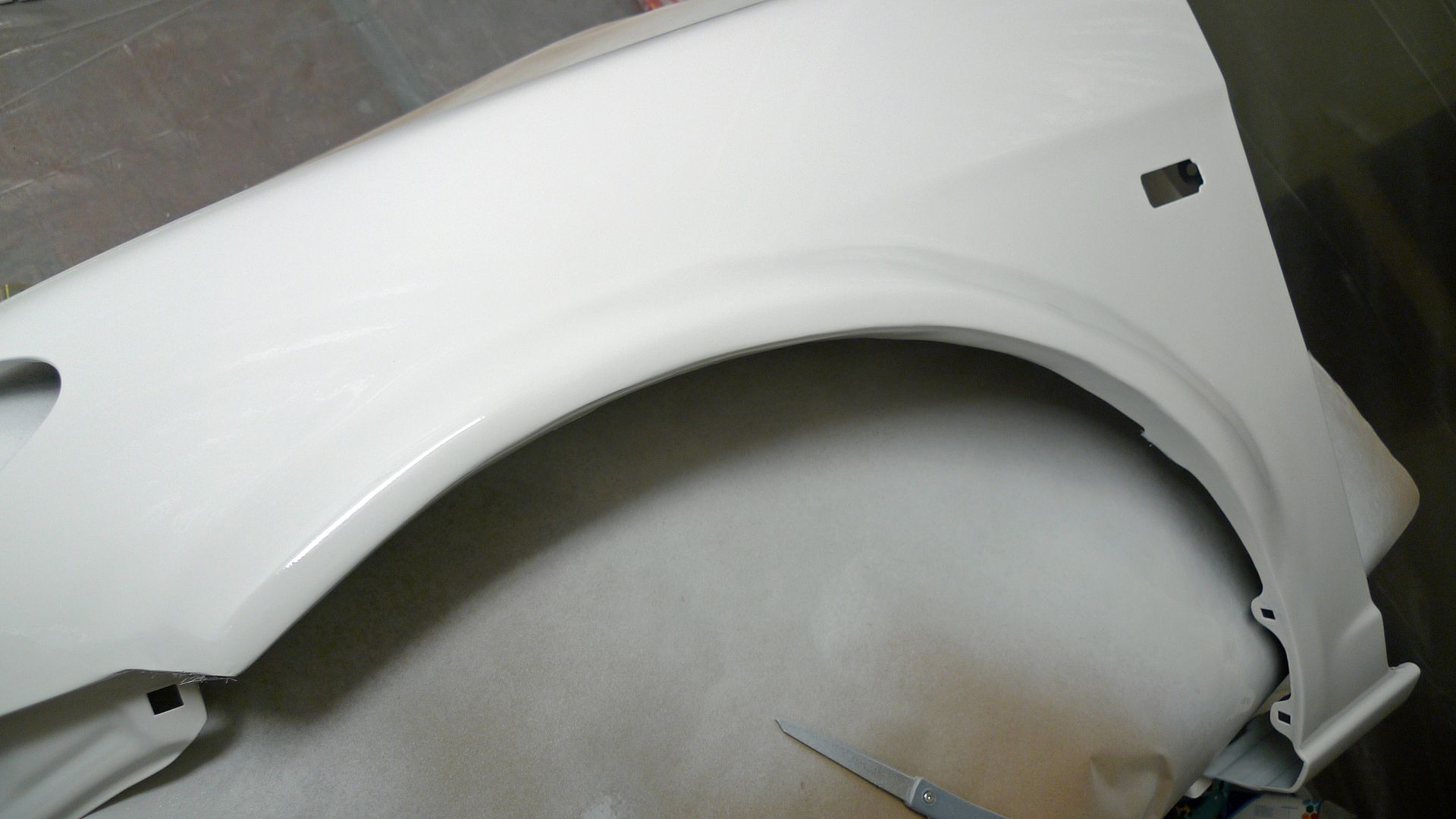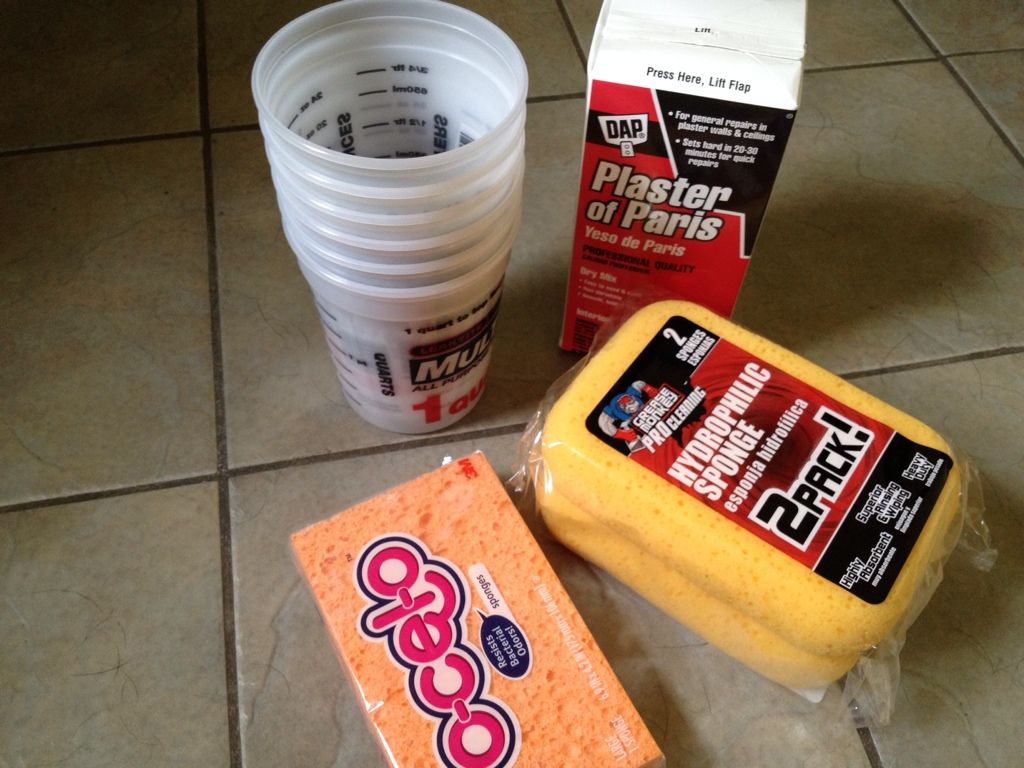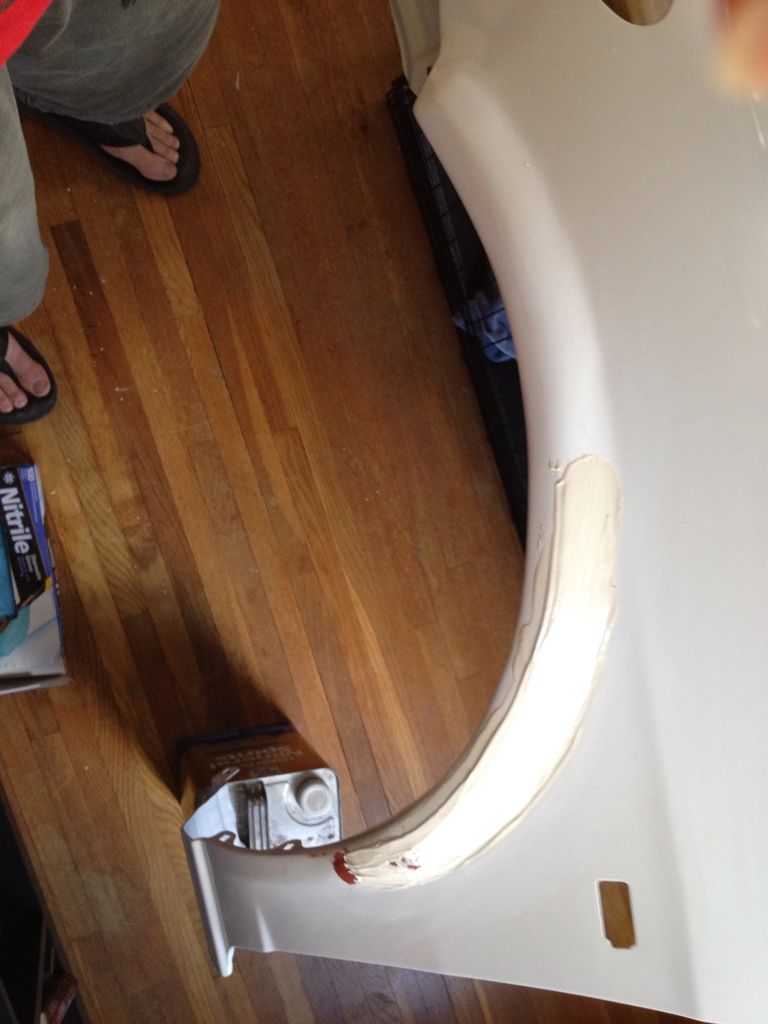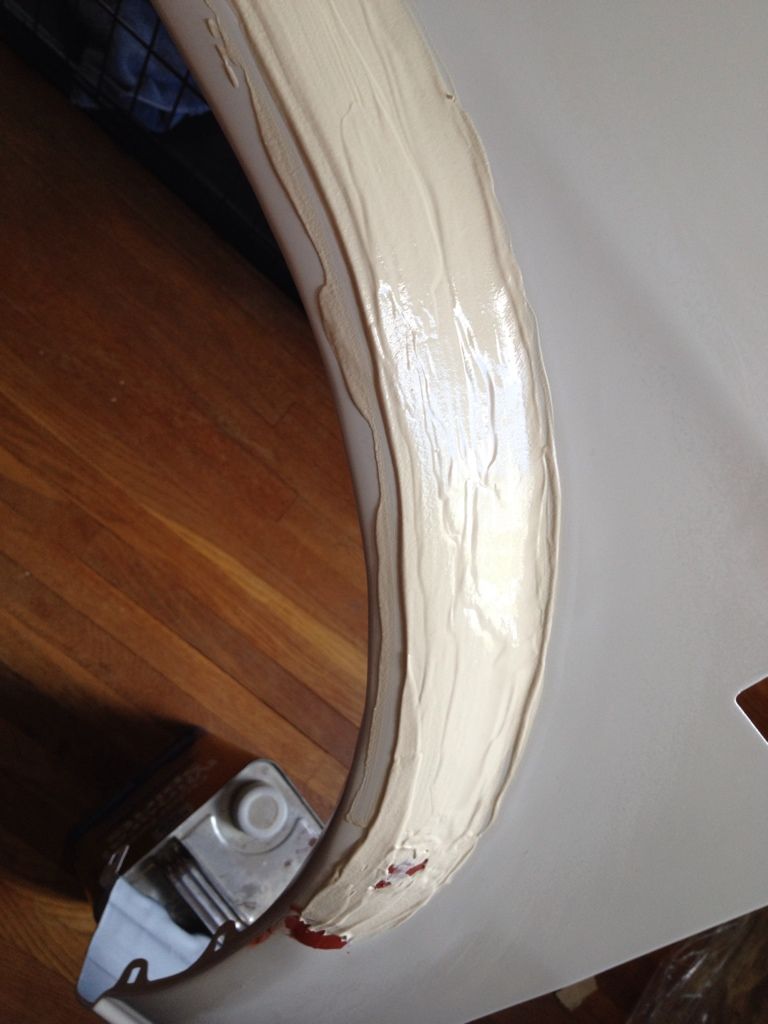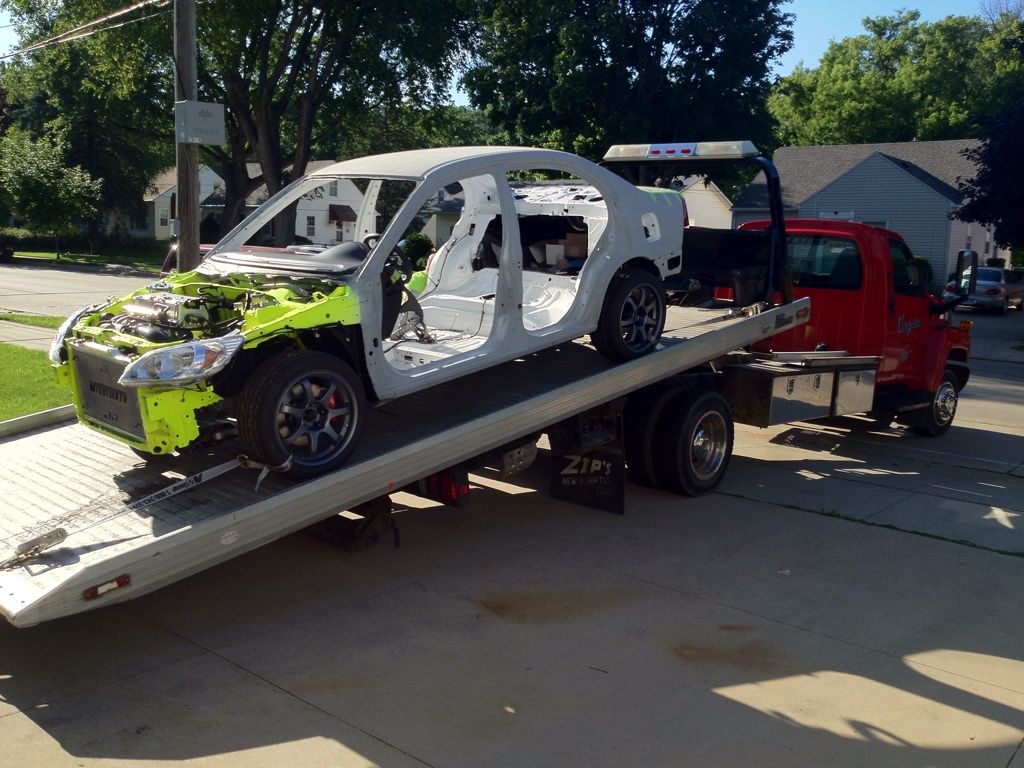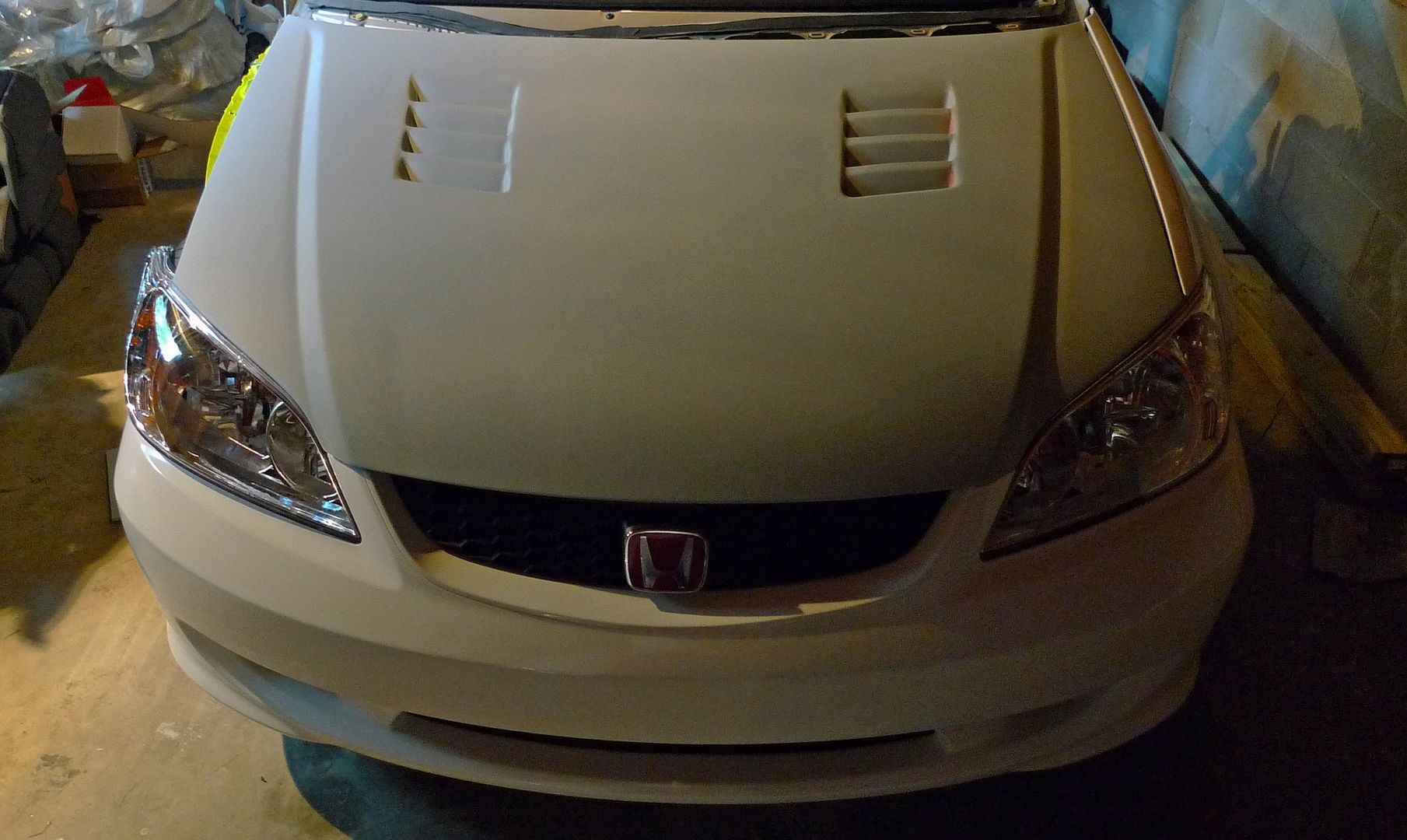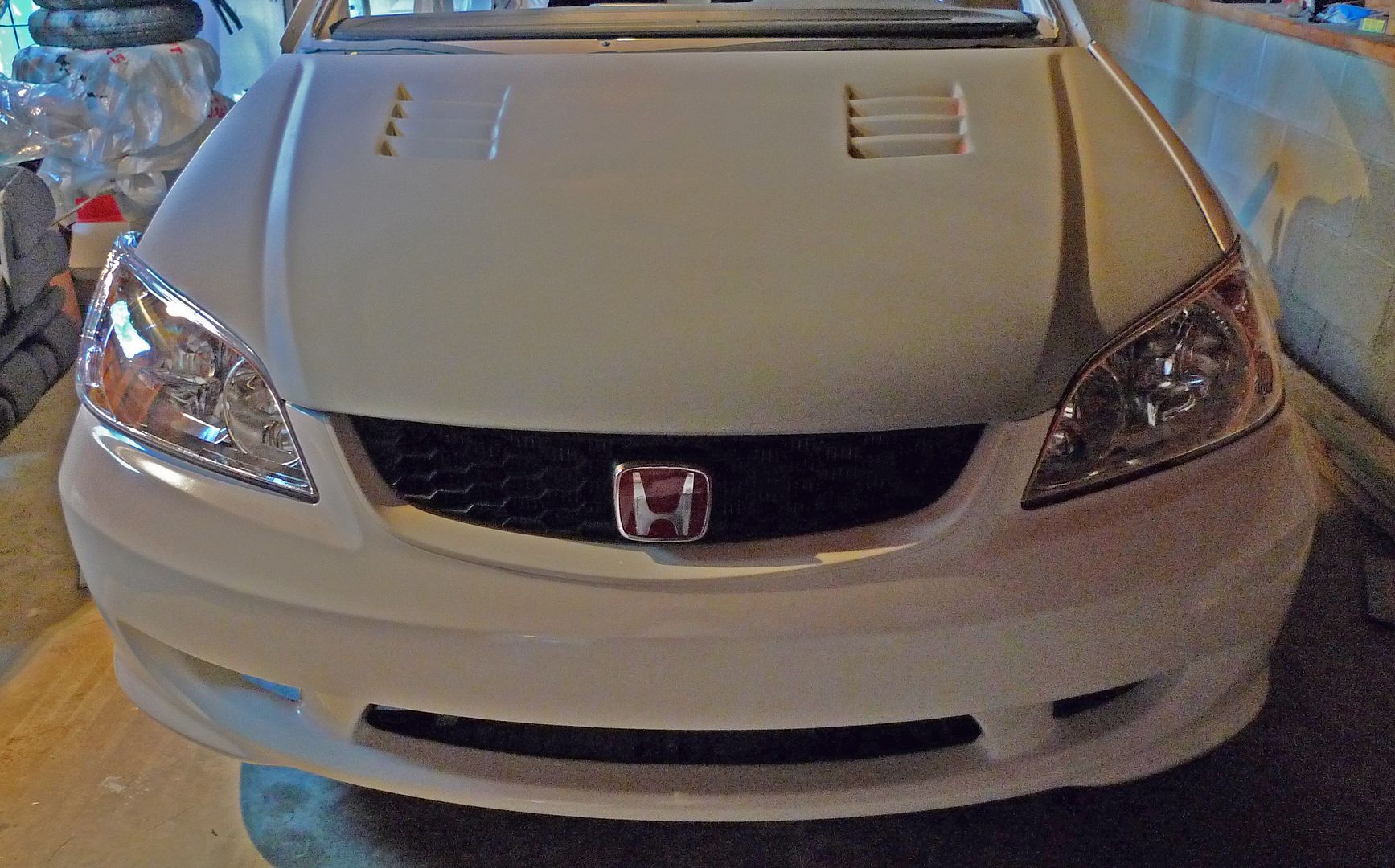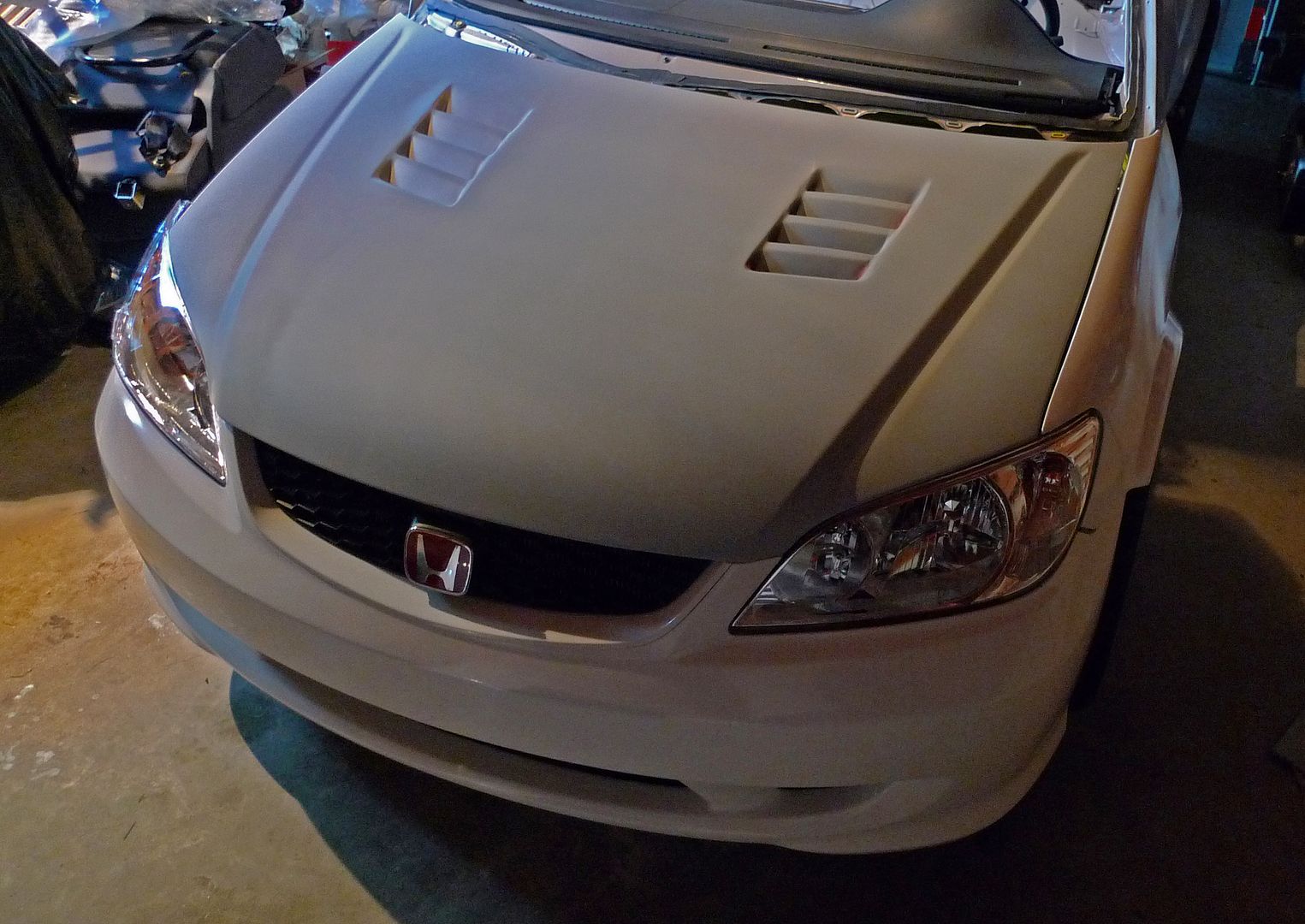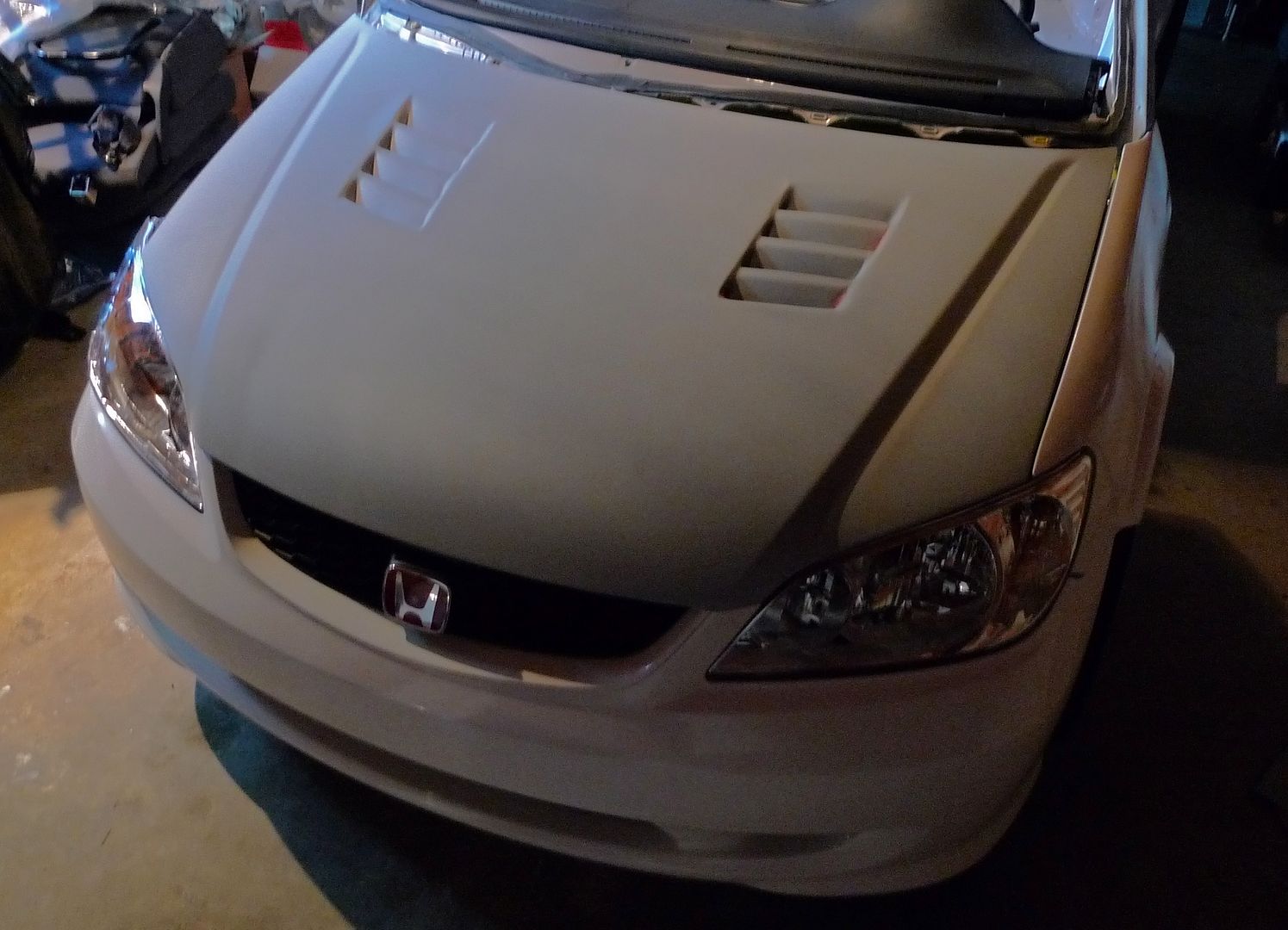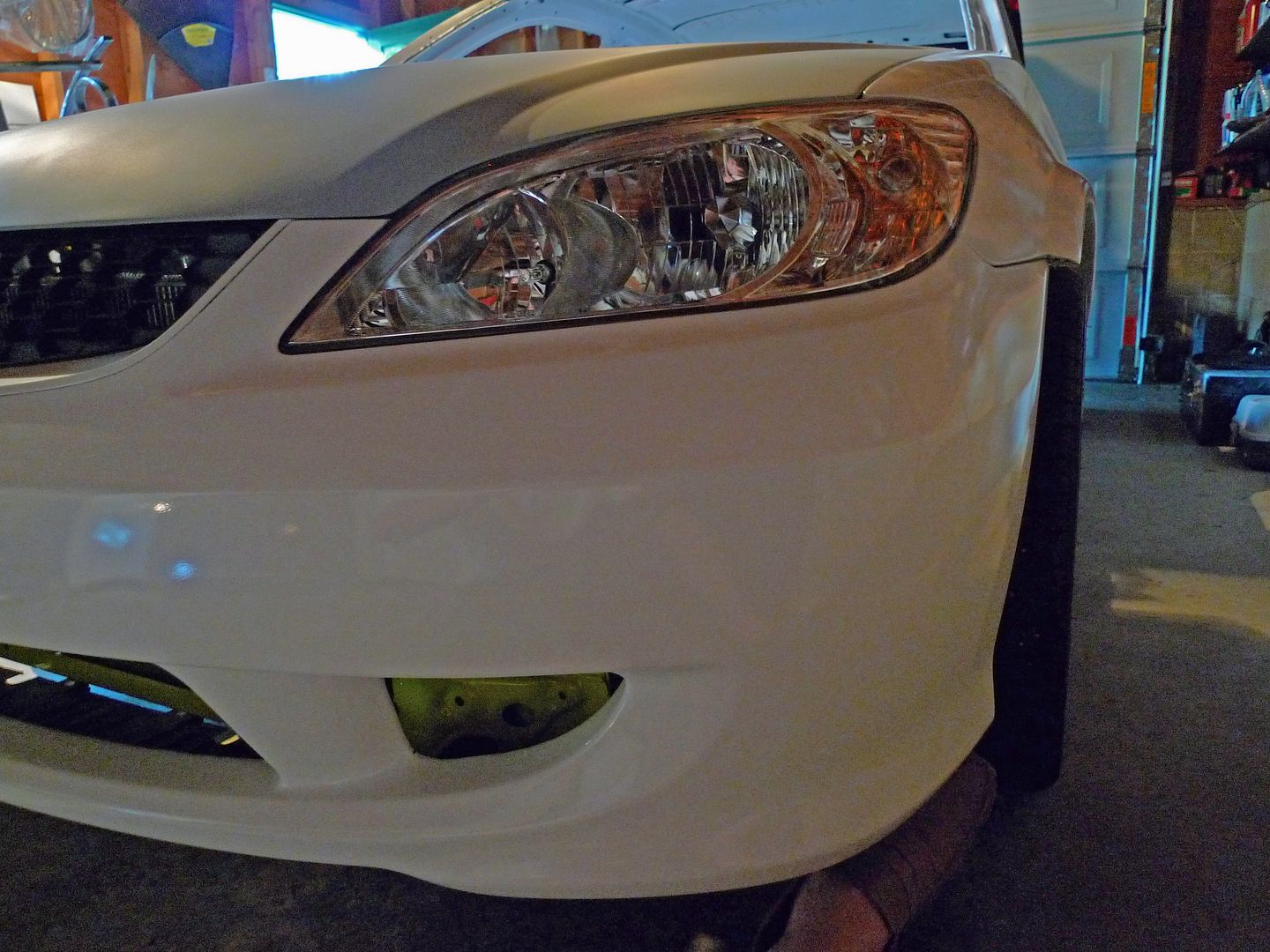Greetings,
I am attempting to make one piece flared fenders. I used plasticene (sp?) clay to mold the flared lip on the fender…but I’m starting to realize that I will never be able to get the plasticene smooth enough to serve as the final plug.
So what I’m thinking is laying down a thin layer of woven fabric / resin over the plasticene fender flare and blending / sanding this into the rest of the fender…this will be a much easier surface layer to sand and shape than clay. Once the plug is finished, I will make a 3 piece mold of the entire fender and produce parts from that…
My concerns with this approach include lifting of the surface “glass” off the plasticene during mold making. Here are some pics of my progress:
